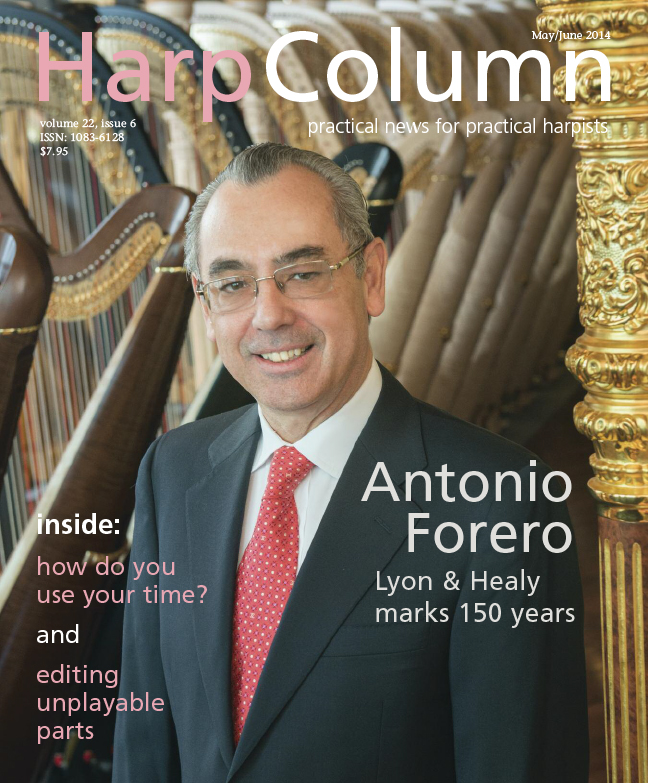
Musicians spend a lot of time thinking about time. We’re not just beholden to the time kept by the clock and scheduled in our day planners, but also the time marked by the click, click, click of the metronome.
We make sense of music by breaking it down into evenly divided segments of time. Tempo changes force us to shift our concept of how long one beat is. Time is adagio. Time is presto. Time is andante. We subdivide down to the eighth note, the sixteenth note, the thirty-second note in our relentless quest for evenness—each beat receiving a uniform amount of time, each rallentando broadening just the right amount of time, each accelerando speeding up the beat by the perfect allotment of time.
In music, time morphs and changes. It can be wildly rewarding when we execute it and it can be maddening to practice. But in the end, time always makes sense. It gives us rules, or at least well-defined guidelines within which to work.
The time kept by the clock on the wall, however, is a different story. There is only one rule (though it is a fairly unforgiving one): everyone gets 24 hours a day. Though it’s obvious how valuable time is, how to spend your time, save your time, and value your time continues to baffle many of us. What harpist hasn’t spent more hours than you’d like to admit watching YouTube videos (whether they be famous harpists or entertaining cats) in the name of research? Who hasn’t given away countless hours of their time going over a deserving student’s allotted lesson time? And who finds all of the practice time they truly want or need?
With all of the time we spend trying to work in harmony with our metronomes, how we handle the time that ticks away on the clock can have as much or even more of an effect on our careers and lives as the evenness of our sixteenths notes. We asked North Carolina-based freelancer Kirsten Carrell Osborne to take a look at how we use our time. On any given day, Kirsten’s day is carved up a dozen ways—gigs, teaching, practicing, responding to clients, replacing a broken string—you get the picture. “Oh, if only there were more hours in the day,” lament the chronically busy. Not Osborne. There’s no time for that in her schedule. Instead, she reminds herself of what her mother would say to her growing up, “Work smart, not hard.” Osborne gives us a practical look at how to apply this mantra to our lives in “It’s About Time.”
Lyon & Healy marks a major passage of time this year—its 150th birthday. A century and a half in business is some serious staying power. We take a peek inside to find out the secrets to success for one of the iconic names in harp in “Second to None.”
Also in this issue, Elizabeth Volpé Bligh reveals her best edits for unplayable orchestra parts (mission: possible), singer/songwriter Natalie Salzman tells us how she unexpectedly found her career niche (“Not What I Planned,”), Mike Lewis lays out the only instructions you’ll ever need for replacing a broken pedal rod (“Fixing What’s Broken,”), and much more. There is so much good stuff in this issue; I hope you can find the time to read it all. •
Alison Reese is editor of Harp Column. She is a freelance performer and teacher in West Michigan. email her at areese@harpcolumn.com.





